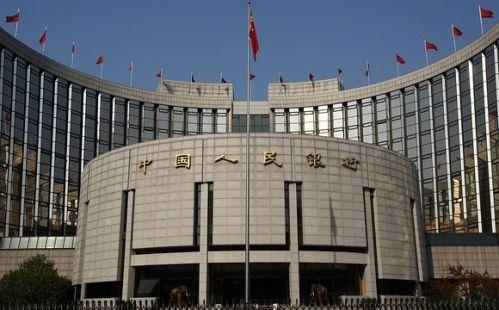
BEIJING, Oct. 7 (Xinhua) -- China's latest cut to the amount of cash lenders must hold as reserves is a breakthrough in policy tools, an economist with Credit Suisse said, adding there are no changes in the country's monetary policy.
The People's Bank of China (PBOC) has announced a targeted reduction in the reserve requirement ratio (RRR) to encourage commercial banks to improve credit support for small businesses, impoverished groups and agriculture, among others.
Banks whose "inclusive financing" accounts for more than 1.5 percent of their total loans will enjoy a 0.5-percentage-point RRR cut, while those with such loans exceeding 10 percent will have an additional 1-percentage-point cut.
The measure will go into effect in the next year.
"Instead of taking effect immediately as usual, it leaves a three-month gap, which is a policy innovation," said Tao Dong, managing director and chief economist of Credit Suisse in Asia, adding it is the first time China has left a gap between announcement and implementation.
In the final quarter of 2017, banks will be inspired to channel more energy into inclusive finance to meet these requirements, Tao said. "Whether, and to what extent, a bank can enjoy the favorable policy depends on its effort," Tao said.
A lower RRR means lenders can offer more loans and earn higher incomes from interest. Analysts estimate the PBOC's move will lead to more than 100billion U.S. dollars pumped into the real economy.
The last cut to the benchmark RRR was in March of 2016.
Tao also said the move signaled that the central bank will continue to carry out a prudent and neutral monetary policy, with no intention of comprehensively loosening liquidity.
"The PBOC showed... there is no lack of liquidity and the only problem is where it goes," said Tao.




 A single purchase
A single purchase









